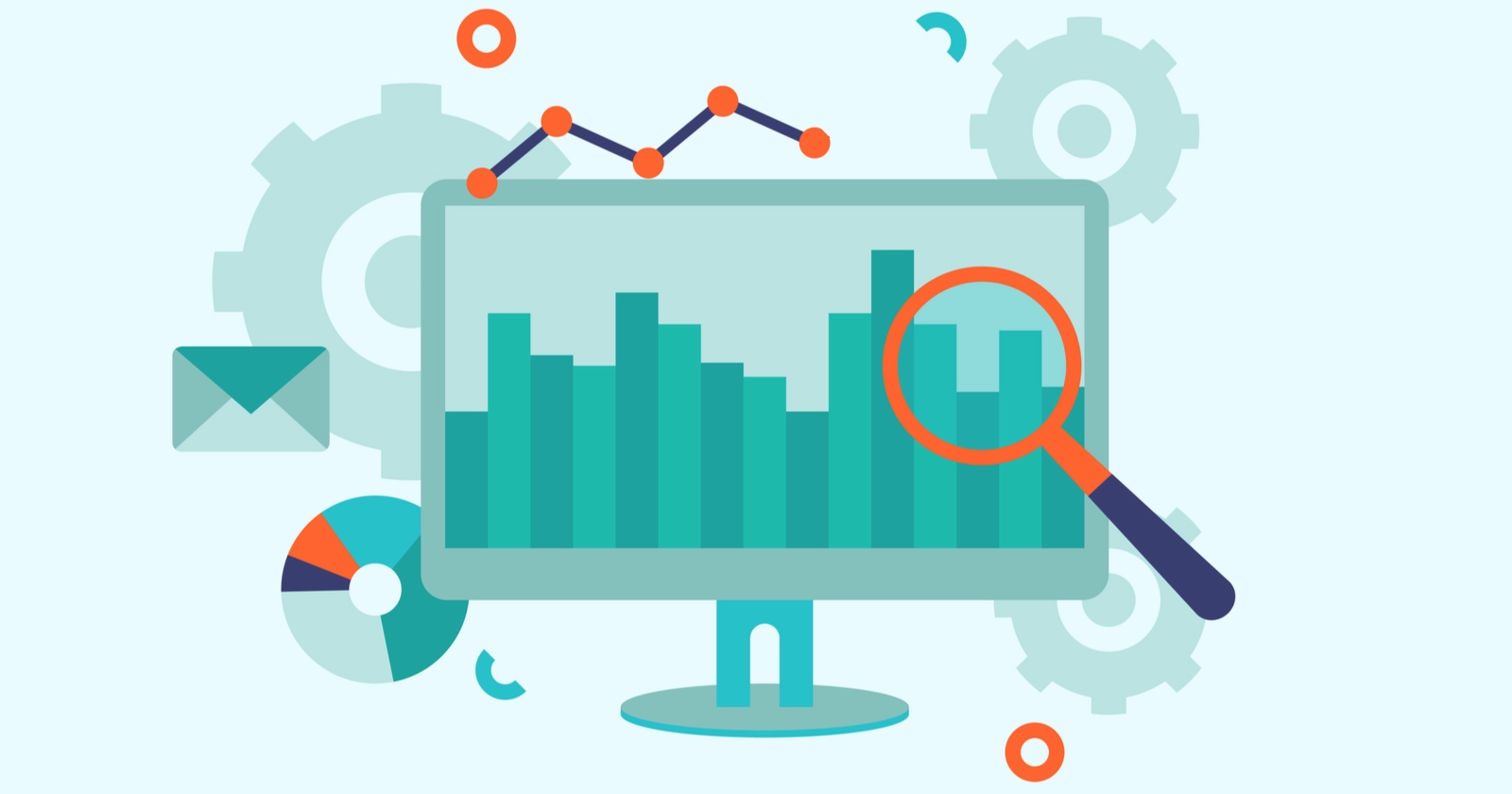What is a decision support system (DSS)?
Have you ever wondered how an organization with multiple members, departments, and databases manages to make critical decisions? Is there a system as support that can guide managers and key members of an organization in making decisions? The answer is yes! A decision support system, or DSS for short, is a solution that will be very helpful in the decision-making process.

The question is how? How exactly can a Decision Support System make the path of decision-making smoother? In this article, we discuss the function, applications, benefits, and an example of a decision support system so that you can get to know this concept more.
What is a Decision Support System (DSS)?
A decision support system is a computer program that supports an organization or business’s decisions, actions, and operations. A DSS sifts and analyzes large amounts of data and presents the collected information to solve problems and make decisions for the organization. Finally, this collected information is in the form of data reports.
The information that DSS usually extracts includes:
- Target or projected income
- Sales figures or past items from different periods
- Data related to resource inventory (financial, product, etc.)
- Data related to intra-organizational operations
- And…
Be aware that a DSS, after collecting data by combining different data, can produce useful reports that are effective in making decisions. A typical data collection system is completely different from a decision support system. The data collection system only has the task of data collection and does not perform any operations in line with combining data and generating reports.

Today, this system is fully computerized or semi-computerized in organizations, but this does not mean that human resources cannot become a decision support system. In general, if we want an ideal system, it will be a semi-computer system that combines a computer system and a group of human resources. In this way, the key forces of an organization can make decisions more quickly and accurately.
A Complete Guide To Learn Blockchain Programming
DSS components
A decision support system has three components, which include:
Model management system in DSS
This part of the system allows organizations to consider different decision-making models. For example, suppose an organization wants to predict the amount of people’s demand for a new product. In that case, it can consider a new product model and make decisions based on it whenever it offers a new product.
DSS user interface
Naturally, understanding the analyzes that a system performs will not be an easy task for normal users. That’s why a decision support system needs a good user interface to display the analyzed information in an understandable way for everyone. This user interface should be so readable that DSS users can easily benefit from it in their decisions.
DSS database
The database of the decision support system stores and manages the information that has been collected. This information can be transferred to the system in three ways:
- Manually by DSS users
- Online by connecting the system to the Internet
- By default, through the information that is currently in the organization and has already been registered in the system.
What is the purpose of a decision support system?
The main purpose of using DSS is to provide information to customers and organization members easily and understandably so that decisions can be made more quickly. A DSS system can be programmed to generate various reports, all based on user specifications. Also, DSS can present its information graphically, such as through bar graphs and written reports.
The purpose of DSS is to provide the managers of an organization with speed, accuracy, and different problem-solving methods. Of course, it should be said that when we talk about speed, we don’t mean momentary decisions but decisions that will have long-term results in the organization (like introducing a new product).
Who will be involved with DSS?
An organization can use DSS by operations management and other planning departments to collect information and data and transform them into actionable information. These systems are primarily used by upper middle-level management, i.e., senior and key managers. Let’s understand this better with an example.
A DSS may be used to forecast a company’s revenue over the next six months based on new assumptions about product sales. Since various factors are influential in finding the figures of this prediction, this calculation cannot be considered simple, and you will need a computer system. This is where a decision support system can integrate the various variables and create an alternating set of results, all based on the company’s past product sales data and current variables.
Top10 Future Technologies That Will Transform Our World
In which organizations is the decision support system used?
It is not bad to know that the application of the decision support system is so wide that it can be used for any industry, profession, or field, including medicine, government organizations, agricultural bodies, etc.

In these organizations, a large amount of data is analyzed, analyzed, and combined to aid decision-making, which is done by the decision support system. With this information, reports on revenue forecasting, sales, or inventory management are obtained. A DSS can generate several different outcomes based on past data and current company inputs that ultimately lead to positive organizational decision-making through the integration of multiple variables.
Therefore, regardless of the type of organization and field of work, if you also need to organize your data and reach a correct summary by combining its analysis so that you don’t have problems making decisions, you will need a decision support system.
If you are confused about your management decisions, it is not bad to learn more about benchmarking. Examples of decision support system applications in different industries
Suppose we have used DSS in the medical industry. In this area, a clinician may use a computerized decision support system to help diagnose a disease. In fact, by combining the physician’s inputs and previous electronic health records, a decision support system can help the physician in diagnosis and treatment.
Another example could be dedicated to announcing weather reports in a specific area. In this case, by collecting the temperature information of this region in different seasons of the year, different hours of the day and night, and in general, different times, analyzing them in the system, and finally reporting the analysis, we can understand what the average temperature of this region is. It is even possible to forecast the weather of the region because of information such as:
- Maximum temperature
- Minimum temperature
- Chance of rain
- The minimum amount of precipitation
- The maximum amount of precipitation
- And…
It is at your disposal.

The third example of DSS application is in agriculture. Suppose we want to decide on the product we need this year. In the first step, we must consider the weather conditions and the possibility of drought. On the other hand, the amount of production of other farmers and the demand of the people regarding the possible supply will also be effective in this issue. Besides this issue, soil fertility, usable mechanisms, and available resources are also effective in the final decision. Therefore, the decision support system helps choose the most optimal production volume by considering all these aspects through collecting information.
DSS is used in other industries such as banking, warehousing, customer credit, and other fields, which this article cannot mention.
Features of DSS
As technology advances, data analysis is no longer limited to computer systems. Since DSS is essentially an application, it can be loaded onto most computer systems, whether desktop or laptop and take advantage of it. Some DSS applications are also available through mobile devices, allowing you to connect with essential data more than ever.
The flexibility of DSS is also very useful for users who travel frequently or work remotely with the company. The various features of the decision support system allow them always to have enough information to make the best decisions for their company and customers anywhere.
In general, a decision support system should include four important features:
- Collecting data
- Data management
- data analysis
- Presenting the results of data analysis
This means that if we want to consider a scenario for a decision support system, we should consider its four characteristics, which are:
In the first step, we must examine the available data to decide. Therefore, the decision support system will be helpful if it provides detailed information about the existing problem.
In the next step, the obtained data must be stored in a reliable place. This means we need a database to have full access whenever we want to add or delete unused data. A good decision support system should be accompanied by a database that can easily support the volume of information.
In the third step, a critical analysis is performed on the collected and stored information. This analysis will tell you which data is necessary for the final decision and which cannot play an important role in decision-making.
The final step is to display the analysis results in the previous step. This step should be presented to the people of the organization in a way that they have a correct understanding of the results. Therefore, at this stage, the user interface comes into play. The user interface of the decision support system includes column charts, pie charts, etc., which every small and big but important data will play a role in creating.
Advantages of Decision Support System (DSS)
In general, decision support systems help make more informed choices. But if we want to point out the advantages of DSS in more detail, we can say:
- Actionable decisions or generating multiple results based on current and historical data helps decision-making significantly.
- Produce reports that are used by customers and are easily digestible but can be adjusted based on user specifications
- Reducing calculation errors in operations with large numbers
- Current and historical data are integrated to produce coherent reports
- Employees of an organization communicate more with each other
- By automating part of the decision-making process, more time is created for managers
Disadvantages of the decision support system
- The need for initial capital to design and implement DSS in the organization
- Making decisions dependent (problems in quick decision-making)
- Allocation of resources for storage (in cases where the organization’s data is large)
With all these interpretations, since the advantages of this system are more significant than its disadvantages, it is recommended to take DSS more seriously to improve your organization’s decisions, whether you have extensive data or limited data. It can be said that the decision support system is a solution to further guarantee the success of decisions.

